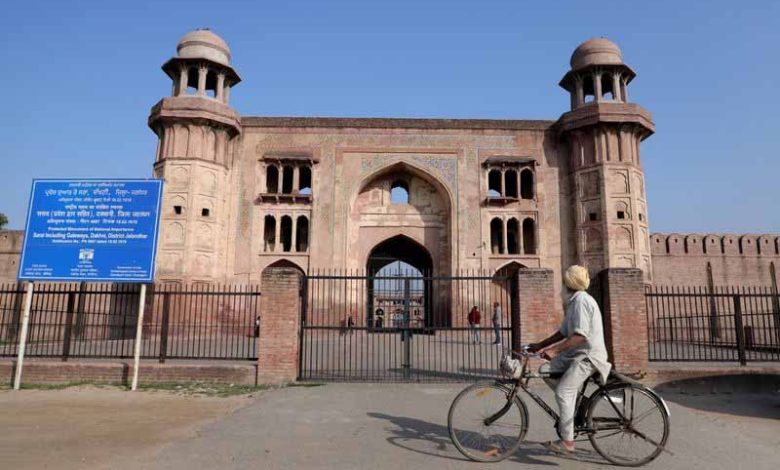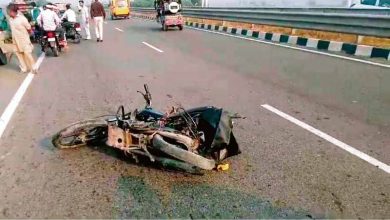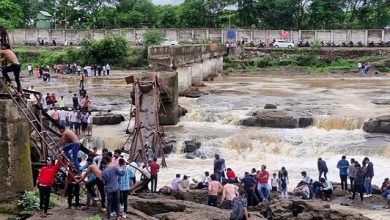Punjab: The forgotten treasure of the Mughal era

Punjab: Nakodar’s historic Dakhni Sarai, a 17th-century Mughal-era relic, is fast deteriorating due to the neglect of the concerned authorities. Once a grand architectural marvel built by Ali Mardan Khan during the reign of emperor Shah Jahan, the Sarai now struggles with crumbling walls, inadequate amenities and lack of publicity, leading to a steep drop in the number of visitors. Located on the Nakodar-Kapurthala road, 12 km from Nakodar, this protected monument was once a vibrant hub for travellers. The Sarai, with an area of 180 m by 172 m, was designed to provide shelter and respite to weary travellers and traders on the historic trade routes. It has 124 intricately designed cells, which were originally used to house travellers, traders and their goods. Arranged around a serene courtyard, the cells reflect the grandeur and planning of Mughal-era architecture.
The structure has grand entrances on the eastern and western sides, each fortified by octagonal turrets, topped by domed pavilions. The large entrance arches have deep recesses on either side at ground level, with two additional storeys with triple arched openings and projecting balconies. The entire surface was once adorned with intricate Arabic designs in yellow, orange, green, turquoise and white glazed tiles, traces of which remain today. A Persian inscription above the western gate attributes the construction of the inn to Nur Jahan Begum, whose work began in 1618-19 and was completed in 1620-21. However, despite its rich history, the site is now a mere shadow of its past glory. The interior walls are visibly crumbling, threatening to collapse if not repaired urgently. Lack of security or maintenance has only increased the decay, making the site unattractive to visitors.
Basic amenities are nonexistent. Drinking water facility is not available, the approved water purifier system is yet to be made operational. The toilets are in a very poor condition, making it inconvenient for tourists to visit. The absence of a canteen or refreshment stall discourages visitors who expect at least minimum facilities at heritage sites. Accessibility is another challenge. Visitors have to grapple with a poorly maintained access road and absence of proper parking. The site lacks signboards or directional markings, making it difficult for outsiders to locate it. The absence of security guards or chowkidars also raises security concerns. For now, the inn is popular only among locals from Nakodar, Nurmahal and nearby areas. “For us, it is a place to stroll and enjoy the greenery. If guests come, we bring them here, but tourists from outside rarely come,” said Ravina, a local visitor. Meanwhile, Major General Balwinder Singh (Retd), state convener of the Indian National Trust for Art and Cultural Heritage (INTACH), in a letter to the Director General of Archaeological Survey of India (ASI) and concerned officials of the Central government a few months ago, said he had raised concerns over the deteriorating condition of the Sarai and urged for its immediate restoration, warning that the survival of the monument depended on prompt intervention. He said he also suggested converting parts of the Sarai into cultural sites or heritage residences that could attract tourists and generate revenue for its maintenance. “Further, I have also requested the INTACH team in Delhi to approach the ASI as only after its proper maintenance and promotion, the Dakhni Sarai can emerge as a major tourist attraction attracting history and architecture enthusiasts from across the country. However, unless the authorities step up their efforts, this Mughal-era gem will continue to fade and become another forgotten part of India’s rich cultural heritage,” he added.





